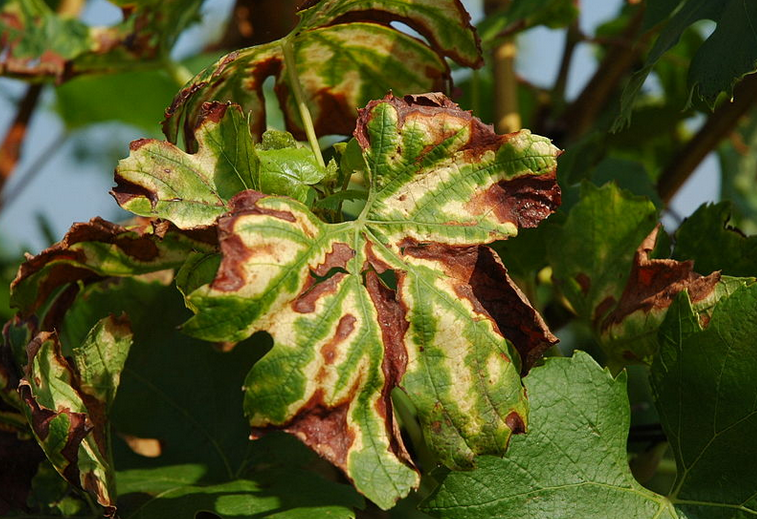Detection of grapevine trunk disease Esca by hyperspectral imaging

Global viticulture loses more than £1 billion every year due to so-called grapevine trunk diseases (GTD). Some vineyards just suffer a lower yield whereas others can lose the whole vineyard. Esca is one of three main GTD diseases. Unlike the usual seasonal problems such as downy or powdery mildew, GTD have no known treatment or […]